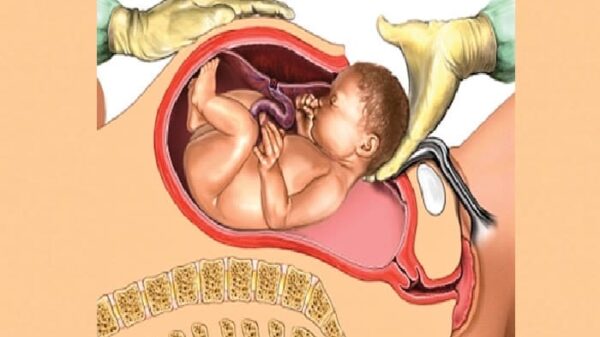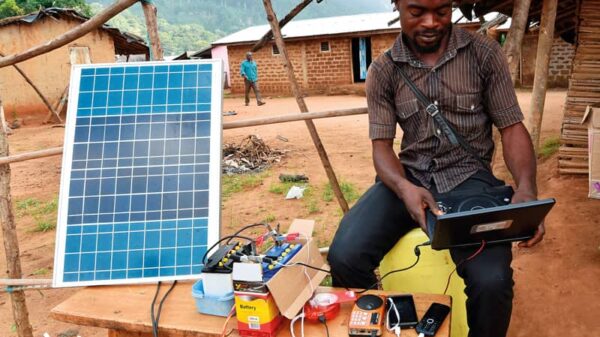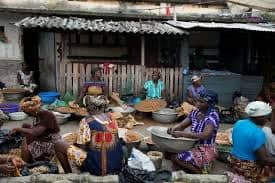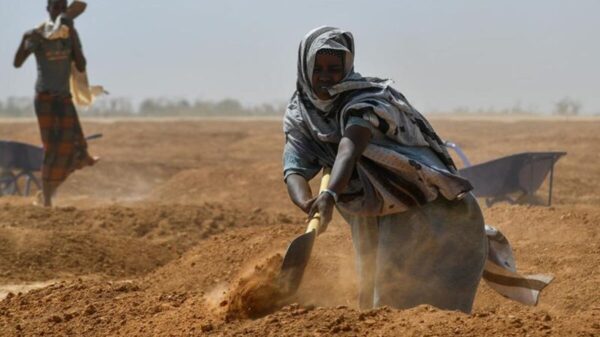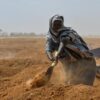Data released by the Ghana Statistical Service indicates a worrying situation of widespread extreme poverty levels in the country.
The Service has revealed that, about 43.8 percent of the population, are currently facing extreme poverty due to various deprivations.
The data contained in the newest GSS survey report indicates that, the severity of poverty is consistent in both rural and urban areas, highlighting widespread challenges across the nation.
In terms of multidimensional poverty, the Ashanti Region has the highest number of affected individuals. The region recorded over 900,000 people identified as multi-dimensionally poor.
Meanwhile, the Savannah Region, stands out with the highest proportion of multi-dimensionally poor residents at 49.5%, nearly double the national average..
Other regions with significant rates of multidimensional poverty include the Northeast, Upper East, Oti, and Northern Regions.
Despite having a lower percentage of its population living in poverty, the Ashanti Region leads in absolute numbers, with over 900,000 individuals affected.
The Northern Region follows closely with over 800,000 people living in such conditions, while the Ahafo Region has the lowest count at about 100,000.
The report also highlights that in the Savannah, Northeast, Upper East, and Northern Regions, more than half of the rural population is living in multidimensional poverty.
Additionally, it notes that female-headed households, large households, and those headed by youths or elderly persons are more likely to experience multidimensional poverty, driven primarily by employment and living conditions.









